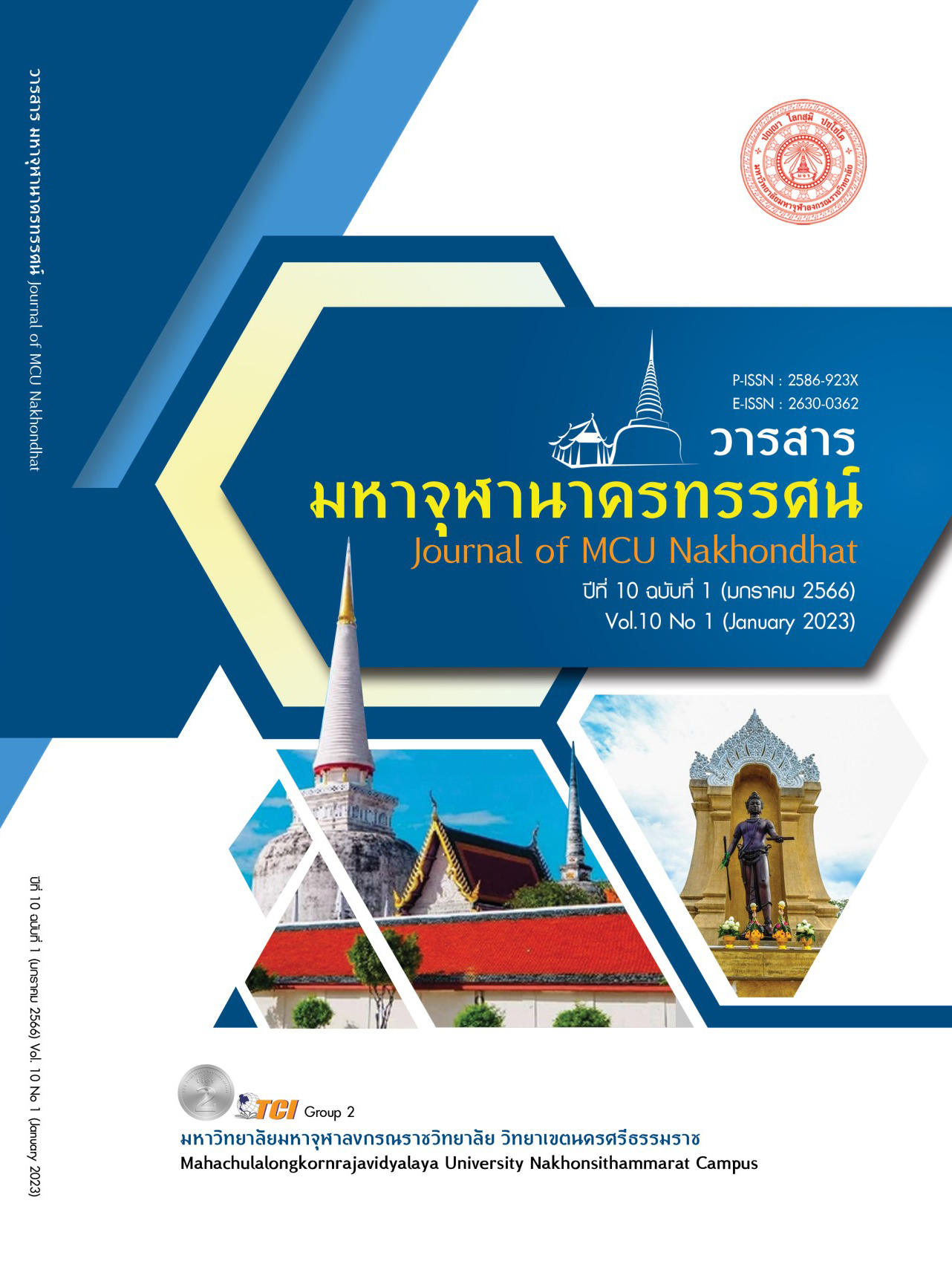THE DEVELOPMENT OF NURSING CARE MODEL FOR SURGICAL CRITICALLY ILL PATIENTS BASED ON THE FAST HUGS BID CONCEPT
Main Article Content
Abstract
The purposes of this research were to 1) development of nursing care model for surgical critically ill patients. and 2) study results of nursing care model for surgical critically ill patients based on the FAST HUGS BID concept. The research was divided into 3 steps including; Situation study, Model developing and study the results of model. The samples were 12 Professional nurses working in surgical intensive care units at Ang Thong Hospital and 148 surgical critically ill patients. The research instrument used were a focus group discussion, nursing care model for surgical critically ill patients, surgical critical care outcome recording form, knowledge and competency assessment form of professional nurses and questionnaire of professional nurses satisfaction. Qualitative data were analyzed by content analysis and summarize. Quantitative data were analyzed by using frequency distribution, percentage, mean, standard deviation and pair t-test. Research result, 1) this study found a model for surgical critically ill patients was TAKE model, 2) The results of using the model revealed that (1) The outcome of the patient It was found that the mortality rate, time spent in the intensive care unit, the cost in the intensive care unit, the incidence of ventilator-associated pneumonia and weaning failure rate were significantly reduced (p<0.05). Endotracheal retraction/tracheal distension rate, DVT rate, AIK rate, DKA rate, Acidosis rate and the incidence of delirium decreased not statistically significant. (2) results from the use of the care model found that Professional nurses had a statistically significant increase in the competency of critically ill patients (p<0.001). The satisfaction of professional nurses in using the nursing care model for surgical critically ill patients was at a high level. The developed care model is appropriate for the care of critically ill patients can effectively increase the quality of nursing care.
Article Details

This work is licensed under a Creative Commons Attribution-NonCommercial-NoDerivatives 4.0 International License.
References
กัญจนา ปุกคํา และธารทิพย์ วิเศษธาร. (2559). การพัฒนารูปแบบการดูแลผู้ป่วยวิกฤตศัลยกรรมโดยใช้แนวทาง FAST HUG. วารสารวิชาการสาธารณสุข, 25(1), 116-127.
พัชนีภรณ์ สุรนาทชยานันท์ และคณะ. (2561). การพัฒนาระบบการพยาบาลผู้ป่วยภาวะติดเชื้อในโรงพยาบาลเลย. วารสารการพยาบาลและการดูแลสุขภาพ, 36(1), 207-215.
โรงพยาบาลอ่างทอง. (2564). สถิติผู้ป่วยที่เข้ารับการรักษาในหอผู้ป่วยหนัก. อ่างทอง: โรงพยาบาลอ่างทอง.
วิจิตรา กุสุมภ์. (2560). การพยาบาลผู้ป่วยวิกฤตแบบองค์รวม. (พิมพ์ครั้งที่ 6). กรุงเทพมหานคร: สหประชาพาณิชย์.
วิจิตรา กุสุมภ์ และสุนันทา ครองยุทธ. (2563). ผลกระทบด้านจิตใจในผู้ป่ววิกฤต: กลยุทธ์ในการจัดการ. วารสารพยาบาล, 69(3), 53-61.
วิราวรรณ เมืองอินทร์ และคณะ. (2564). การพัฒนารูปแบบการดูแลผป่วยวิกฤตโดยใช้แนวคิด FAST HUGS BID ในหอผู้ป่วยหนักอายุรกรรมและศัลยกรรม โรงพยาบาลเชียงรายประชานุเคระห์. วารสารพยาบาล, 48(4), 308-323.
Crabtree, B. F. & Miller, W. L. (1992). Doing Qualitative Research. London: SAGE Publications.
Papadimos, T. J. et al. (2008). Implementation of the “FASTHUG” concept decreases the incidence of ventilator-associated pneumonia in a surgical Intensive Care Unit. Patient Safety Surgery, 12(1), 2-3.
Proctor, B. (2010). Training for the supervision alliance attitude, skills and intention in Fundamental,Themes in Clinical Supervision. London: Routledge.
Vincent, J. L. (2005). Give your patient a fast hug (at least) once a day. Crit Care Med, 33(6), 1225-1229.
Vincent, W. R. & Hatton, K. W. (2009). Critically ill patients need “FAST HUGS BID” (an updated nemonic). Critical Care Medicine, 37(7), 2326-2337.


